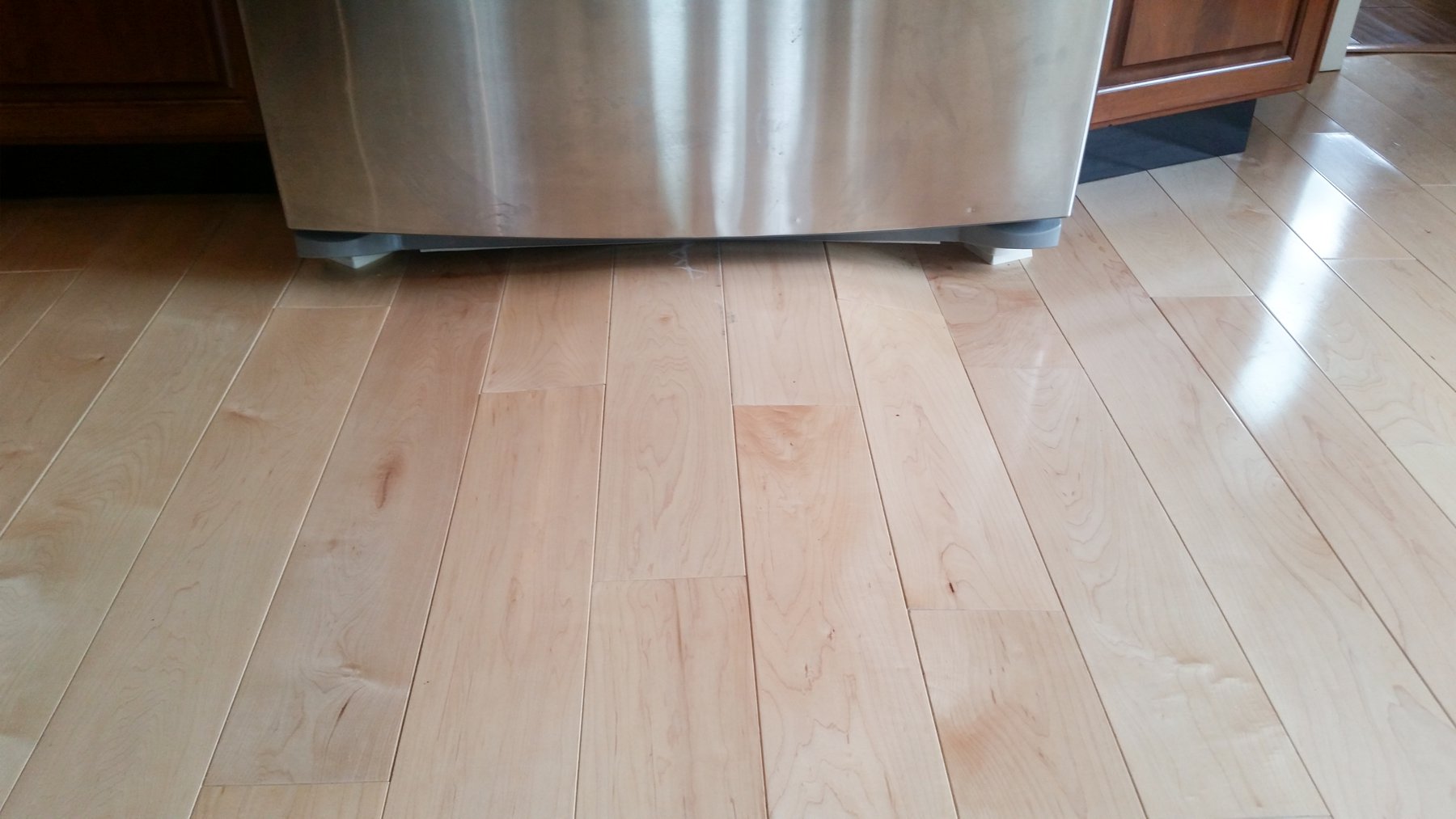Moisture primarily is the main cause of buckling.
Hardwood flooring kitchen buckled after leak.
And this article will attempt to deal primarily with wood floors installed on a concrete slab.
Buckling occurs when the wood flooring actually pulls up from the subfloor lifting several inches in one or more places.
Open the cabinets under the kitchen sink and bathroom vanity and look for water dripping.
What causes wood floors to buckle.
Peaking describes more dramatic grooves in the hardwood.
Because the wood needs to accommodate this excess moisture it moves upward and the expansion causes it to buckle.
Buckling is when the hardwood floor lifts or separates from the sub floor.
Hardwood floors will buckle if they are subjected to excess water.
Sometimes even a nearby water source like flooding underneath the house can cause enough of a moisture imbalance to result in warping.
This article will be brief and focus on one type of floor system and how to stop the leak.
Wood floors need to breathe.
Fortunately this is not a common occurrence.
The grooves rise higher and the peaked areas involve more than one floorboard.
This can happen after the wood floor suddenly gets flooded with large amounts of water and when moisture content builds up over time.
How to locate a leak and repair a buckled wood floor.
Floor buckling is the most extreme reaction to moisture in a hardwood floor.
We carry hardwood flooring laminate bamboo cork vinyl area rugs and even staircase materials like iron balusters so whether you know exactly what kind of flooring you want or you are in the very beginning phase of shopping for new floors we can help you every step of the way.
Water damage is usually the reason for buckled floors but mistakes during installation are frequently the cause behind peaks.
Causes of buckled hardwood floors.
Hardwood floors buckle when the humidity levels in the lower levels of the house are too high in the crawlspace or basement explains the basement health association in the article negative effects on hardwood floors.

